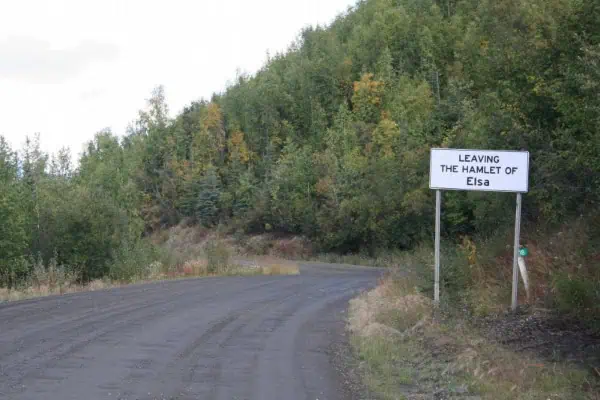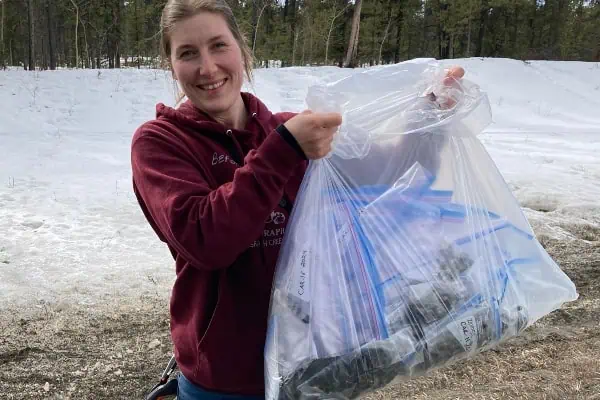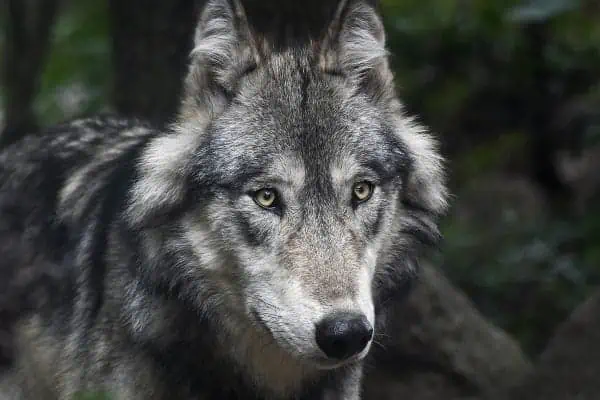People driving down the highway may see a few bison, and never realize that this animal was at one time on the very edge of extinction.
The bison made some people extremely wealthy, others kept some people from starvation, some were shot for sport from a traveling railway cars, herds were driven over cliffs simply for their tongues and the rest of the animal was left to rot.
The Bison even made Bill Cody’s name famous – Buffalo Bill Cody, that is.
So now if I have your interest, allow me to tell you the history of what some called buffalo, but in reality, there have never been buffalo in North America. What we’ve long called buffalo are actually bison.
Maybe the bison and the water buffalo, which can be found in such places as India and Australia, were related back in the Paleozoic Era, some 300 millions of years ago, but they are two absolute different species and never the twain shall meet.
So get ready as we are about to embark on a journey (not a very nice one) back to the beginning of the 1800.
At the beginning of the 1800s, it has been estimated that the Bison numbered into the 60 million from the east to the western shores of North America. The herds were gathered as far as the eye could see. Fifty years later only 540 remained and only by some thoughtfulness of some conservationists of the day, these remaining bison were captured and raised in captivity. It is the most tragic history of all wildlife, and credited solely to a growing civilization, participating in the most wasteful slaughter of animals known in the world.
At the beginning of the 18th century the growing population – what some might call “civilization” – was expanding westward. In the meantime the bison was an easy catch and became a staple diet and was used for rugs by the expanding population.
By 1820, the bison were eliminated east of Mississippi. The bison were not just hunted, but rather slaughtered. The Plains Indian tribes made a good living from the bison and from their bountiful food supply. Often the bison were killed for no other use than the hides and the meat was left to rot. The skins provided rugs, clothing and even the outer sides of the tents.
Nature also took its own toll on the large bison herds. The bison were on a constant move and in the spring, when crossing the ice, the massive weight of the herds of bison would send them crashing through the ice and come spring their rotting carcasses would line the shores of the lakes and rivers. Nature, in its own cruel way, took its own share.
It can be looked at in two ways. First, nature’s slaughter of bison was crude, but on the other hand, it did keep the population of bison from being too high in numbers. Keeping the number down had the function of not over-grazing their major food source: prairie grasses.
Bison Were Railroaded into Disappearing
The Kansas Pacific Railway was laying track westward and there was a need to feed the construction workers. A man by the name of Bill Cody picked up a contract to supply the workers with bison meat. Records show that Cody actually killed 4,280 animals in a few short months, and earned the famous name of “Buffalo Bill Cody.”
As the Kansas Pacific railway made its way to the west coast, it held excursions for the rich to travel by rail across the plains and shoot the Bison for sport from the windows of the railway cars.
The slaughter continued as the rail lines pushed further west and brought along with them the commercial hunters. From during December and January of 1877-78, in excess of 100,000 hides were shipped to the eastern markets. In 1882, the Northern Pacific Line shipped 200,000 hides to the eastern markets.
What was a vast herd of bison totalling 60 million was now mercilessly reduced to a mere 540 animals and some taken for their tongues only.
What is most shameful of this part of our history is that it is said that hardly 1,000 of the animals were actually used for food. It is the most deplorable slaughter of wildlife in North America conservation history.
The Remaining 540 Bison
Fortunately, in 1889 some thoughtful people saw the demise of the bison was at hand and placed the last 540 animals on protective farms as a breeding stock for the future.
Civilization has come a long way since the 1800s. We now understand that conservation means the wise use of our natural resources.
The question that begs to be answered is have we really learned a lesson? Or will air pollution become the next slaughterhouse, not only for wildlife but humans alike?




